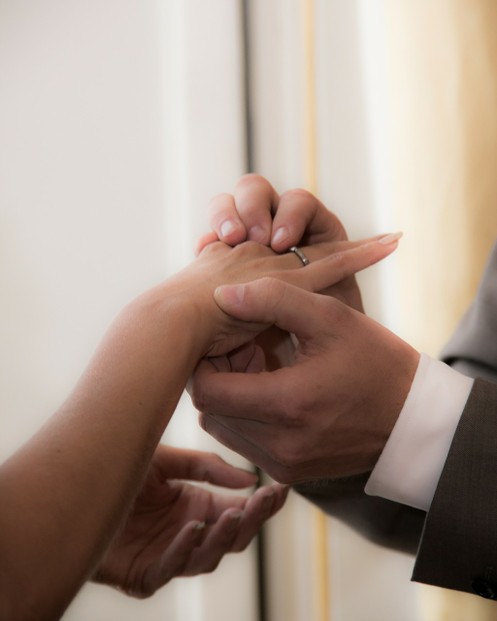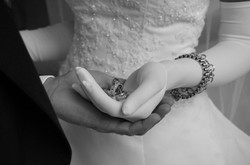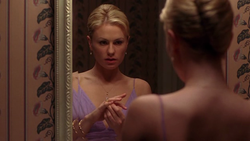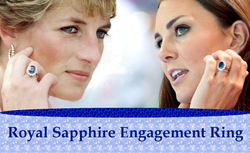Black was always a traditional choice for everything official. It is a color of power and determination. It is also pretty conservative, so it suits everything which should be considered as serious, what a marriage definitely is.
Cubic zirconia, sometimes called fake diamond (alhough it is used as a simulant of other gemstones too), is a popular choice for many reasons, especially for its price, which rarely exceeds five percents of price of natural diamond. Another important reason is availability of cubic zirconia (abbreviated as cz) in different colors.
Black cz engagement rings come in very different sizes and settings of stones. The same is true for the metal part of the ring, varying from stainless steel, titanium and tungsten to different colors of gold and even platinum. We made a selection of the most popular designs and prepared few additional info about black zirconia as well.
***intro image: Pixabay.com ***










 Pinterest Tipson 11/22/2024
Pinterest Tipson 11/22/2024
 Make Your Printable Advent Calendaron 11/19/2023
Make Your Printable Advent Calendaron 11/19/2023
 Best Free Portfolio Sites for Artists and Designerson 10/06/2023
Best Free Portfolio Sites for Artists and Designerson 10/06/2023
 Thinking About Painting Your Walls Pink?on 06/17/2023
Thinking About Painting Your Walls Pink?on 06/17/2023



Comments
Everything what fits black (pretty much all colors) and the skind of the person who wears it (for pale skin you need strong contrasts, for darker skin softer tones etc.). Combination of black and white is a classic choice, just always try it with your skin.
Cold water is fine, yes.
I would not recommend harsh materials. Liquid detergent yes, baking soda rather not.
The first three sentences in your introduction -- that "Black was always a traditional choice for everything official. It is a color of power and determination. It is also pretty conservative, so it suits everything which should be considered as serious, what a marriage definitely is" -- keep drawing my attention.
Might the white equivalents of platinum, silver and white gold have been considered traditional metals appropriate for black gems?
Black and white seem opposites in that the former is the inclusion of all colors even as white is their absence. What therefore must white have traditionally been seen as? Would it have been seen as the absence of determination and power to keep the latter two impulses in balance or check?
There's a style of having more than one gem in a bracelet, an earring, a necklace or a ring.
What gems might go best with black zirconia in such settings?
The computer crashed before I could conclude my comment concerning WikiHow-style cleaning of jewelry.
Wiki-How mentions always ending cleaning, soaking sessions with cold-, running-water rinses to eliminate brush or cloth debris from staying on gems and metals and turning them into scratched items.
Would a cold-water rinse work with at-home zirconia-cleaning sessions?
WikiHow mentions hot-water soak with baking soda and dish soap for regular cleaning; hot-water scrub with baking-soda paste for gold-jewelry tarnish and with baking soda, salt and vinegar for silver-jewelry tarnish.
Would any of the above procedures work with black zirconia and its metal settings?
The second subheading, Black CZ Engagement Ring - Princess Cut, indicates in the first two sentences of its last paragraph that "As you can see, princess cut is more square formed. There is not so much waste when the stone is cut and polished, although with synthetic stones this is not so significant as with natural diamonds."
What is wasted in cutting and polishing processes? What is done with the waste? What might be done to eliminate or minimize waste?
The last sentence in the second paragraph of your introduction intrigues me with its indication that "Another important reason is availability of cubic zirconia (abbreviated as cz) in different colors."
Internet sources list green, near-colorless, multi-colored, pink, purple and yellow as cubic zirconia colors.
Would the same metals be used to ring those stone colors as with black zirconia?
Your last caution that "We should also be aware of possibility to not get completely black setting, because rhodium often pans out in different shades of gray, what definitely opens very amusing possibilities" intrigues me.
Why is it that rhodium grays?